In today’s crowded digital landscape, attention is currency—and your prospects are spending it across multiple channels, devices, and moments in their day. The path to earning that attention, and ultimately their business, isn’t linear anymore. It’s fragmented, complex, and constantly evolving.
That’s why mapping an omnichannel customer journey has become more than a strategy—it’s a necessity.
At Leadful, we help businesses grow by creating lead generation systems that speak directly to how modern buyers behave. We don’t chase vanity metrics. We focus on synchronized experiences across platforms like LinkedIn, Meta, and cold email that convert attention into booked calls.
But before you can build those high-performing campaigns, you need to understand the journey your buyers are taking—and design a seamless path they actually want to follow.
The Shift to Omnichannel Isn’t Optional
The B2B buyer of today isn’t waiting for your pitch. They’re researching silently, vetting competitors before you ever reach out, and engaging with brands across multiple touchpoints. From LinkedIn posts and paid ads to inboxes and review sites, the decision-making process now stretches across 10+ channels and 60+ touches.
In this environment, siloed campaigns simply don’t work. If your LinkedIn content is disconnected from your email messaging, or if your Meta ads are targeting the wrong stage of awareness, you’re creating confusion—and losing leads.
Omnichannel is about orchestration. It’s about ensuring every interaction, from the first click to the final call, feels like part of a larger, unified conversation. Not scattered. Not repetitive. Strategic.
Before You Map the Journey, Know Who’s On It
To create an effective omnichannel journey, it starts with knowing your audience—really knowing them. Who are you targeting? What industries are they in? What pain points keep them up at night? And most importantly: where do they go to find solutions?
This isn’t guesswork. It’s research, data, and insight. It’s understanding how a Head of Marketing at a SaaS company consumes content on LinkedIn, how they respond to tailored cold emails, or how Meta ads can create subconscious brand familiarity weeks before a discovery call.
Once you understand not just who they are but how they buy, you’re no longer guessing your way through outreach. You’re guiding them.
Building the Journey, Not Just Campaigns
The omnichannel journey begins with intention. It starts with defining what success looks like—not just in terms of revenue, but in how prospects move through your funnel. Are you creating real engagement? Are you delivering value at every stage? Are you earning their attention or demanding it?
The first touch might be a thought-provoking post on LinkedIn that speaks to their exact challenge. A few days later, they see a Meta ad that reinforces that insight with a case study. Soon after, a cold email lands in their inbox—brief, personalized, and perfectly timed.
This isn’t luck. This is design.
Great omnichannel lead generation connects these moments. Each touchpoint builds upon the last. Each message adapts to the context of the channel. And each interaction brings the prospect one step closer to raising their hand.
The Glue That Holds It Together: Consistency
The secret weapon behind any high-performing omnichannel system? Consistency.
That doesn’t mean repeating the same message everywhere. It means delivering a unified brand experience—whether someone reads your LinkedIn post, clicks on your Meta ad, or replies to your email. The voice should feel familiar. The tone should resonate. The message should deepen the conversation, not restart it.
This consistency builds trust. And trust closes deals.
Why Data Isn’t Optional Anymore
The strongest journeys are built on insight, not instinct. Knowing what content resonates, what subject lines drive replies, or which ad creatives convert—this is where campaigns evolve from decent to dominant.
Data tells you what’s working and what’s just noise. It helps you double down on winning tactics and cut out the rest. It also allows you to personalize at scale, reaching the right people with the right message at the right time.
For example, if someone has interacted with your LinkedIn post and clicked on a Meta ad, they’re already warmed up. Your next email should acknowledge that. Not with a robotic “We saw you clicked on this ad,” but with context-aware messaging that feels human and relevant.
Smart tracking and sequencing let you create these fluid experiences. And when your strategy respects your audience’s journey, they reward you with engagement—and eventually, conversion.

Real Omnichannel Feels Like One Conversation
If there’s one guiding principle in omnichannel strategy, it’s this: your prospect should never feel like they’re starting over.
When they see your content on LinkedIn, it should naturally segue into the narrative in your email. When they click on an ad, it should align with what they’ve already seen. When they book a call, your sales team should know exactly what led them there.
That kind of cohesion doesn’t just increase your chances of closing—it elevates your brand in the process.


Leave a Reply